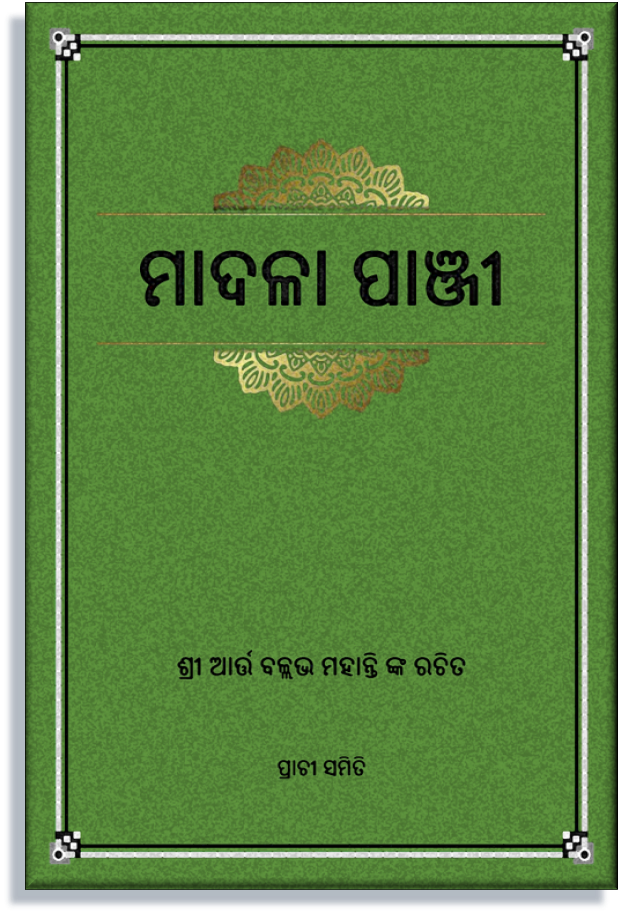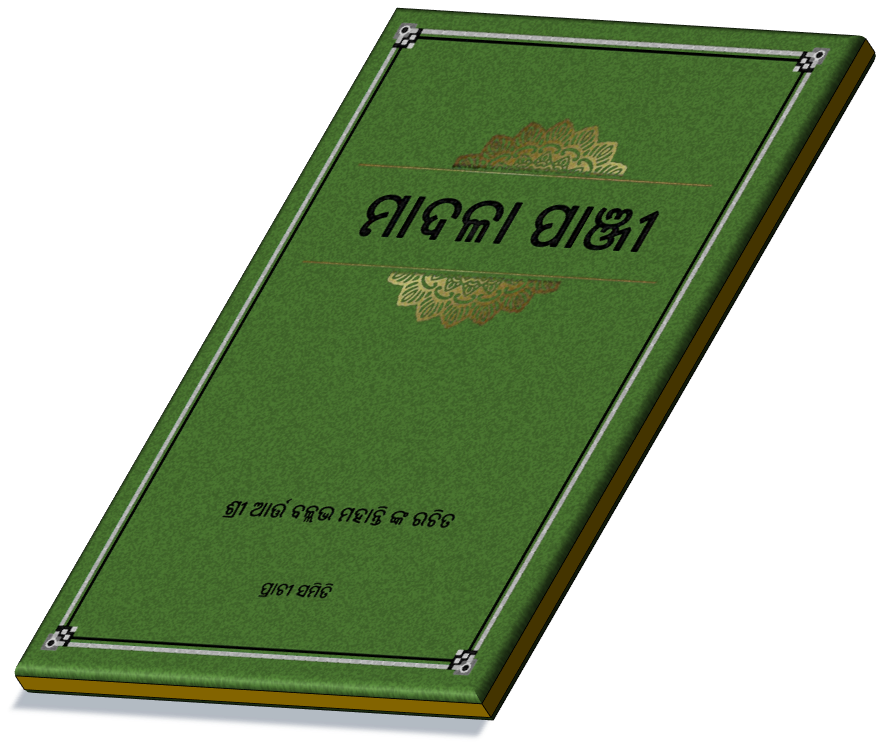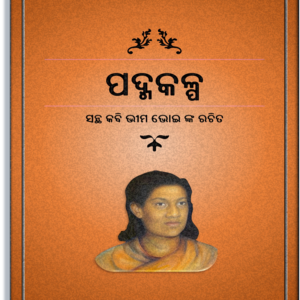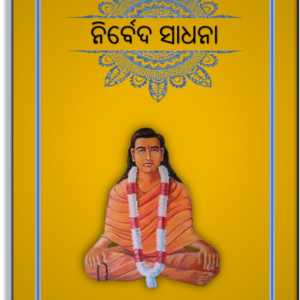The Historical Significance of Madala Panji
The Madala Panji is a crucial historical chronicle that provides profound insights into the historiography of Odisha. Authored by Shri Artta Ballabha Mahanty, this text is renowned for its meticulous documentation of events, rulers, cultural milestones, and important figures that have shaped the course of Odisha’s rich history. Its origins can be traced back to a time when oral traditions were prevalent; however, Mahanty’s written work elevated these oral histories into a structured narrative essential for understanding Odisha’s past.
One of the primary advantages of the Madala Panji lies in its chronological approach. The text meticulously outlines the timeline of significant events, providing researchers with a straightforward framework for exploring Odisha’s historical context. This makes it an invaluable resource not only for historians focused on Odisha but also for scholars with a broader interest in Indian history and culture. Through the lens of the Madala Panji, one can observe the socio-political dynamics that have influenced the state over centuries, thus contributing to a deeper understanding of regional history.
The text also serves as a testament to the evolving identity of Odisha and its people. By chronicling key figures and their contributions, the Madala Panji preserves the cultural legacy of the state. This preservation is vital, as it reinforces the pride and sense of belonging among the people of Odisha, linking them to their storied past. Furthermore, the text highlights the interaction between various dynasties and cultures, underscoring Odisha’s position as a melting pot of influences and traditions. In essence, the Madala Panji stands not just as a historical account, but as a critical narrative that encapsulates Odisha’s journey through time, safeguarding its identity for future generations.
Jagannath Culture and the Rulers of Odisha
The Jagannath culture of Odisha presents a fascinating intersection between spirituality and governance, encapsulated effectively in the historical chronicles known as Madala Panji. This text not only transcribes religious practices but also reflects the socio-political landscape during different eras. The rulers of Odisha have played a significant role in shaping this culture through their patronage and involvement in Jagannath rituals and festivals.
The annual Ratha Yatra, or chariot festival, serves as a prime example of how political authority and religious devotion can intertwine. Emperors such as Gajapati King Purusottama Deva in the 15th century made remarkable contributions to the Jagannath temple, enhancing its significance in the socio-religious fabric of Odisha. His efforts to promote the festival across other regions exemplified how the rulers used Jagannath culture to unify people under a common spiritual identity.
Madala Panji reveals numerous accounts of how rulers strategically employed religious narratives to legitimize their authority. Kings and dynasties at different points in history have positioned themselves as the “servants” of Jagannath, thereby consolidating their power while simultaneously preserving the sanctity of the deity. By promoting rituals such as the Niladri Bije, wherein the deity is ceremonially escorted back to the temple after the Ratha Yatra, these rulers fostered a sense of continuity and community among their subjects.
Moreover, the legacy of notable kings, including the Keshari and Ganga dynasties, is interwoven with this vibrant culture. Their architectural endeavors, ranging from temple constructions to the commissioning of artistic works, still echo the devotional aspects of Jagannath culture. Therefore, Madala Panji not only serves as a repository of historical narratives but also as a testament to the resilience and rich tradition inherent in Odisha’s cultural heritage.







Reviews
There are no reviews yet.